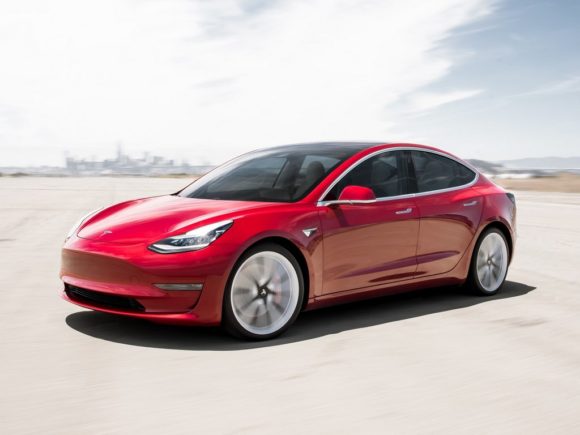Tesla overstated range estimates, created team to suppress complaints
A recent investigation has shed light on allegations that Tesla deliberately inflated its cars’ driving range estimates to attract more customers. The report indicates that about a decade ago, Tesla rigged the in-dash range meters to show optimistic projections when the battery was fully charged but displayed more realistic figures as the battery depleted. As a result, Tesla owners experienced severe underperformance, receiving far less range than advertised, specially in cold weather.
The investigation also revealed that Tesla had been overwhelmed with driving range complaints, leading the company to create a secretive “Diversion Team” in Las Vegas. The team’s purpose was to cancel as many range-related service appointments as possible to alleviate the pressure on Tesla’s service centres, which often had long wait times. Employees were encouraged to celebrate their success in diverting appointments and the company estimated that it saved approximately $1000 for each canceled service visit.
Industry experts and automotive testers have long questioned the accuracy of Tesla’s range estimates. The company’s range-estimating algorithms have been designed to be aggressive, often overstating the distance its vehicles can travel before needing a recharge. These optimistic projections contribute to range anxiety, a primary obstacle for potential EV buyers.
Tesla’s alleged manipulation of range estimates has drawn regulatory scrutiny in various regions. For instance, earlier this year, South Korean regulators fined the company approximately $2.1 million for falsely advertised driving ranges on its local website. Similar concerns have been raised in other markets, prompting investigations into Tesla’s range claims.
Tesla’s diversion team reportedly refused many customers’ service appointments, stating that their cars did not require in-person service. However, some owners suspected that their vehicles had serious defects affecting range performance. Dissatisfied with the response, several customers continued to press for resolution, leading to various investigations and regulatory actions.
To address these concerns, regulators have required Tesla to adjust its advertised range estimates. For example, the U.S. Environmental Protection Agency (EPA) mandated Tesla to reduce its range estimates for six vehicle models by an average of 3 percent. Despite these changes, third-party testing has shown that Tesla’s in-dash range meters consistently overstate the actual driving range.
In response to the recent revelations, Tesla has not issued a formal statement. Chief Executive Elon Musk did not respond to detailed questions regarding the allegations.
The investigation highlights the importance of accurate range estimates in consumer decision-making for EV purchases. As electric cars continue to gain popularity, automakers must prioritise transparency in their range estimates to build trust with potential buyers. Exaggerated claims can lead to disappointed customers, potential legal consequences and damage to a brand’s reputation.
To address concerns raised by the investigation, Tesla may need to revise its range-estimating algorithms and provide more realistic projections for customers. Additionally, the company should improve communication with customers experiencing range-related issues, ensuring that genuine concerns are adequately addressed.
As the electric vehicle market expands, regulators may also take further actions to standardise range-testing methodologies and enforce accurate range claims. By doing so, consumers can make informed decisions about their EV purchases without the fear of range anxiety impacting their overall driving experience.
We have witnessed such instances even in India with Tata’s Nexon EV. A lot of customers complained about the actual range they get compared to the claimed range by the carmaker. The company replied that the range could be affected by various factors including driving style, AC usage, traffic conditions, etc.

